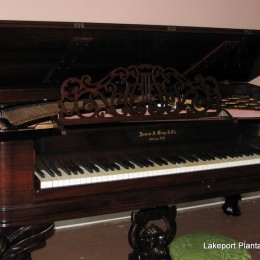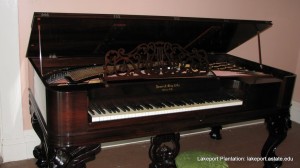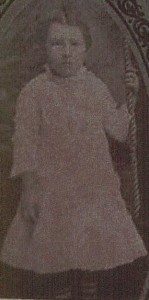Recent Media
A few items related to Lakeport and history in general appeared in the media recently.
Based upon conclusions established by years of experience, it is the common understanding of the American people that government functions can be best promoted and maintained by or through political parities with well defined ideologies, and feelings that we have proved our loyalty and expressed our gratitude to the Grand Old Party of Abraham Lincoln and that the day has arrived that the Negroes of this country must become more largely interested and integrated in all political faiths and creed, and feelings that those of who find ourselves in accord with political philosophy of Thomas Jefferson—the founder of the Democratic party—that shall take this method to declare our faith in and allegiance to the principle of the Democratic Party and in order to unite Negroes and promote continued service and activity, we have this day ordained and established this Constitution and By-Laws.
Arkansas Historical Quarterly 65 (Winter 2004): 385-434.





